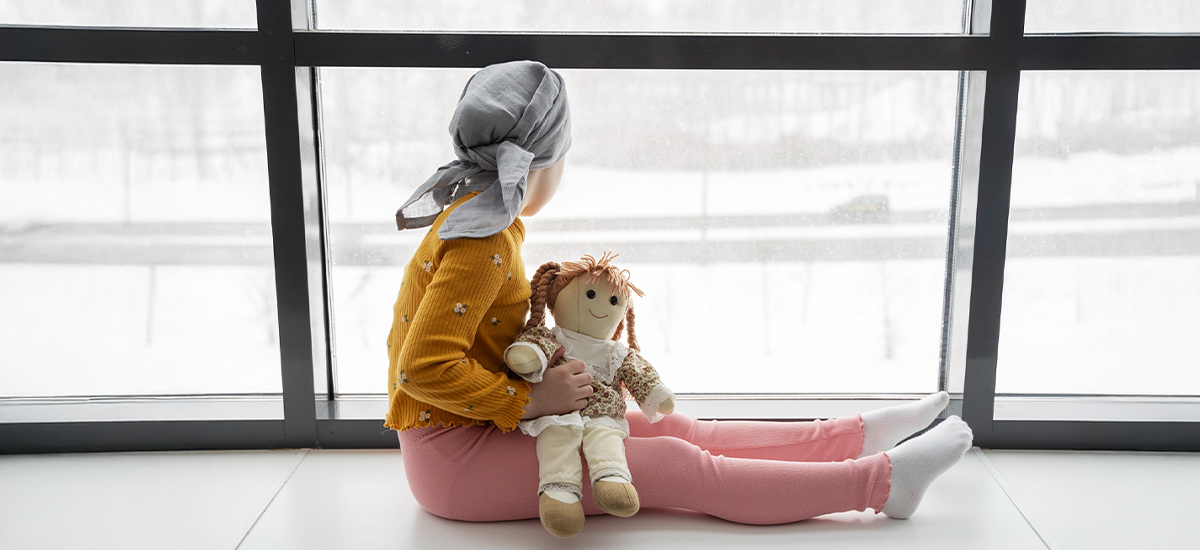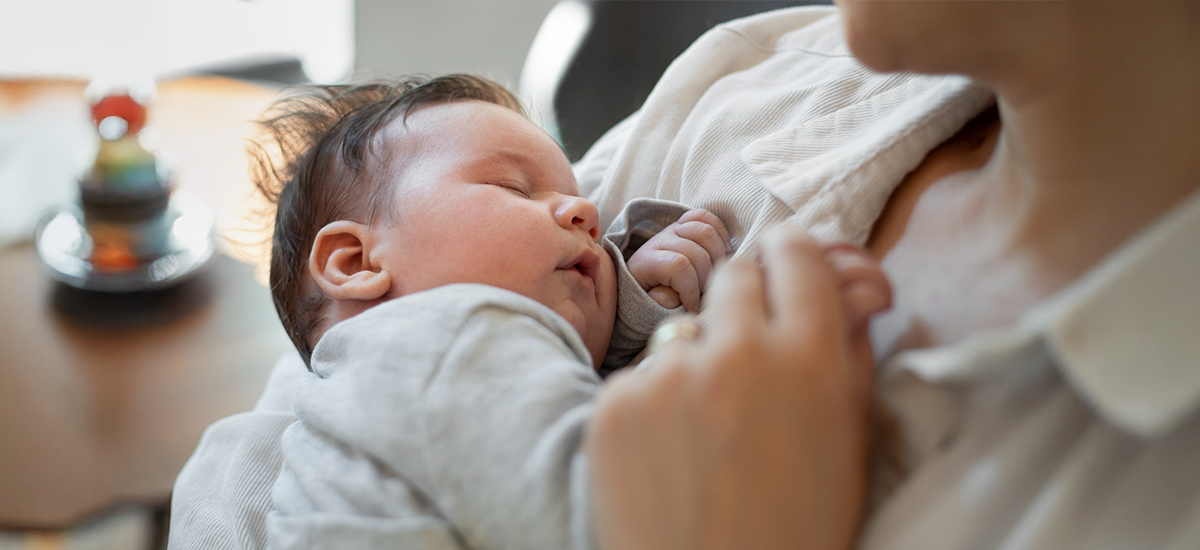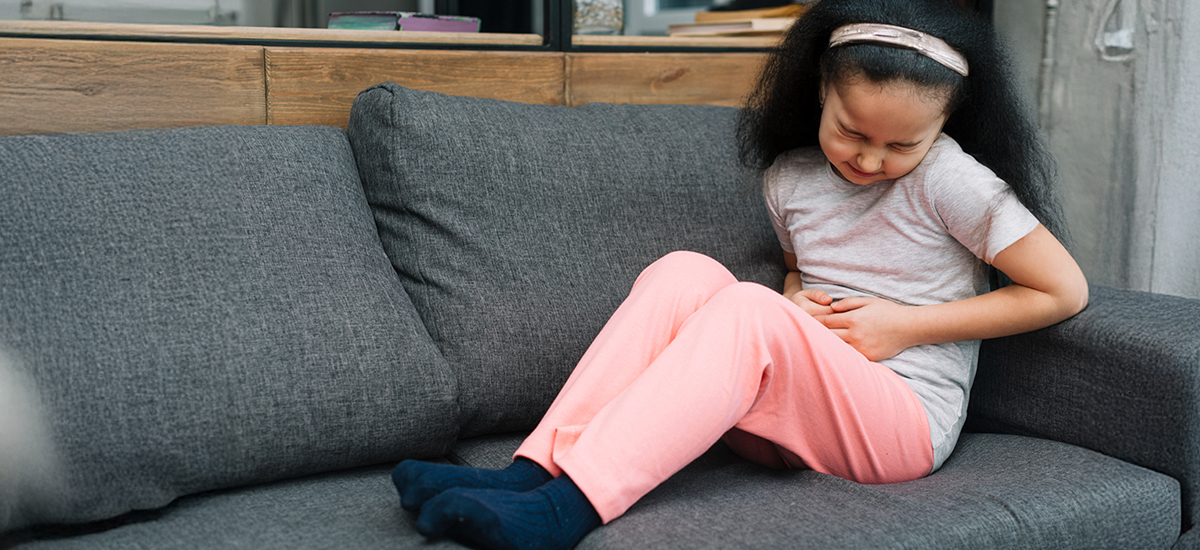Categories
Newborn Sneezing: What’s Normal, What Needs a Call, and How to Clear a Tiny Nose
Sep 23, 2025
What’s next: A clear reason for the sneezes, the signs it
is normal, a three-step nose-clear routine, home fixes that matter, and red
flags that need a same-day call.
Why
newborns sneeze more than older children
A newborn nose is
narrow and easily crowded.
Sneezing clears leftover birth fluid, tiny
milk droplets after feeds, and dust from bedding. Babies can sneeze in small
clusters and then settle. This is common in the first weeks while the nose
learns to handle air, feeds, and sleep. The principle is simple: small airway,
frequent clean-up.
Signs
it is normal
Use these checks
to stay calm and keep watch.
·
Breathing looks comfortable. No pulling in under the ribs.
·
Feeds are normal for age. Weight gain is on track.
·
No fever. Temperature is below 38°C (100.4°F).
·
Mucus is clear and not foul-smelling.
·
Colour is good. Lips stay pink.
·
Your baby settles after a few sneezes.
A
three-step routine to clear the nose (and why it works)
First re-hydrate
the mucus, then give it time, then remove only what stays thick.
·
Saline first: place 2–3 drops in each nostril.
o Why it helps: saline draws water into dry mucus so it
loosens and moves.
·
Wait sixty seconds: count to 60 before you touch the nose.
o Why it helps: contact time thins the mucus; rushing wastes
the saline.
·
One short suction per side: keep it under 3 seconds each nostril.
o Why it helps: long suction irritates the lining and can
cause swelling later.
Home
fixes that make small noses work better
Tidy the air,
steady the moisture, and feed in positions that avoid drips.
·
Humidity: keep the room
near 40–50%. Drier air crusts mucus; very damp rooms invite mould. Clean
humidifiers often.
·
Clean air: no smoke, incense, strong perfumes, or aerosol cleaners near your baby.
These slow the nose’s tiny brushes that move mucus out.
·
Upright feeds and burps: a more vertical hold during and after feeds reduces milk reaching the
back of the nose.
·
Sleep surface: flat, firm mattress with no pillows or soft toys. Clear space supports
easy breathing while the nose settles.
Red
flags that need a same-day call
Time matters when
any of these appear.
·
Fever in a baby under
three months: ≥38°C (100.4°F).
·
Fast or hard breathing, chest or belly pulling in, grunting, or nasal flaring.
·
Blue or grey lips, long pauses in breathing, or unusual sleepiness.
·
Poor feeding or far fewer wet diapers than usual.
·
Cough or congestion that worsens or lasts several days with fever.
If you need help quickly, search for a child
specialist near you and go to paediatric care the same day.











